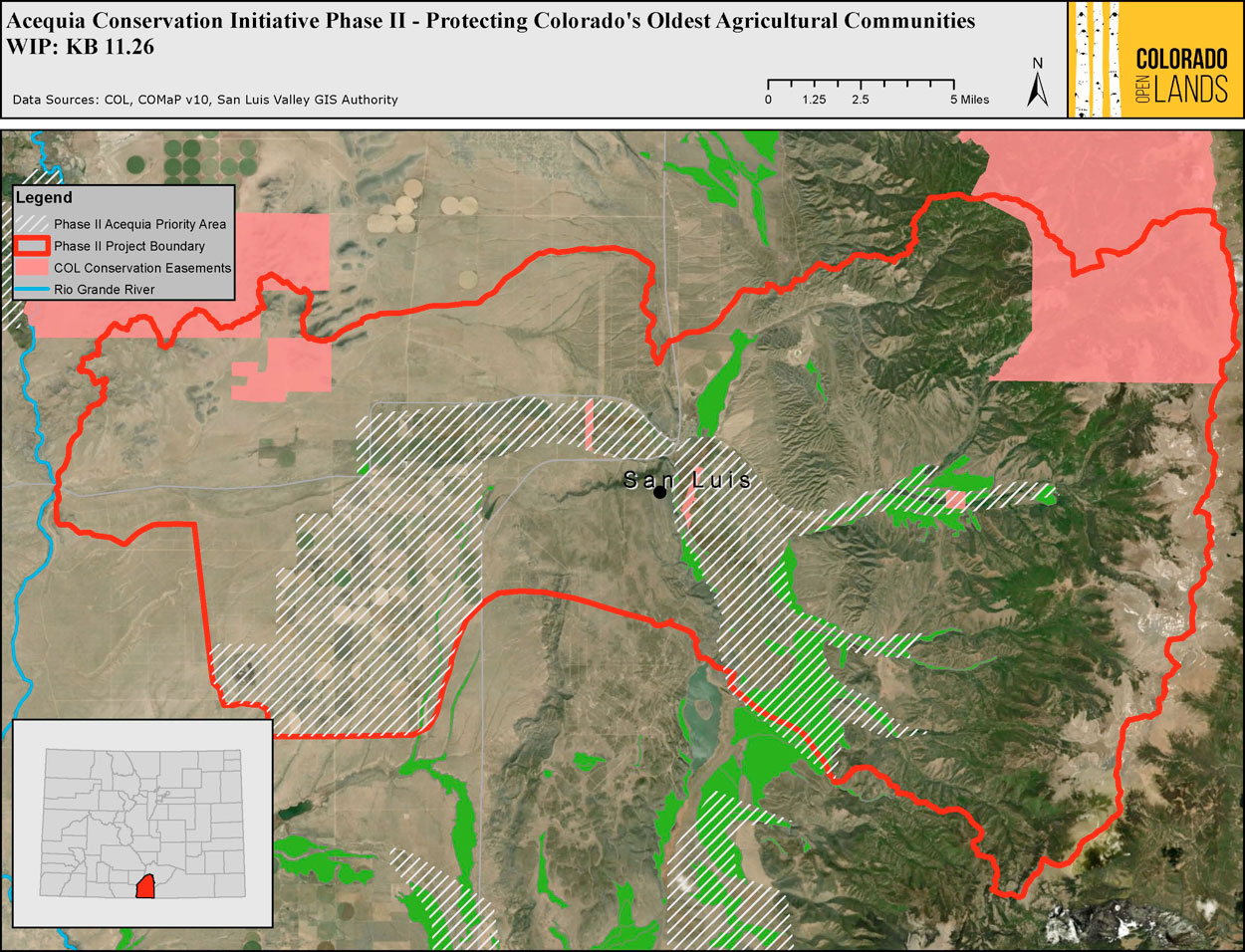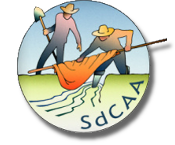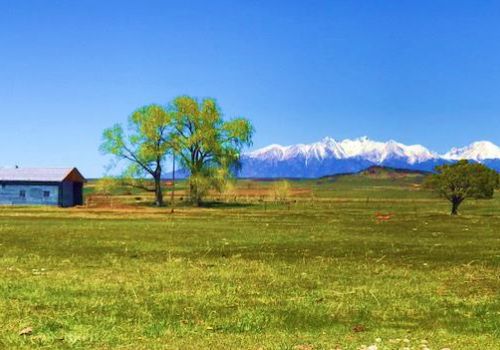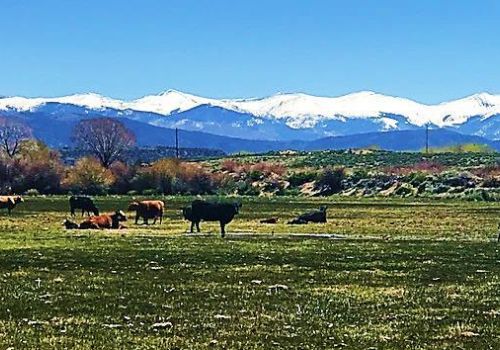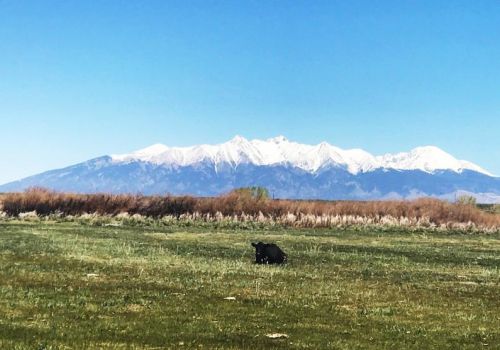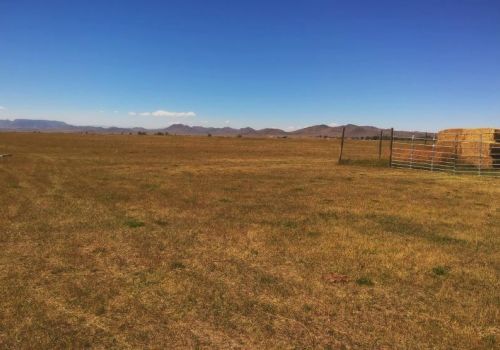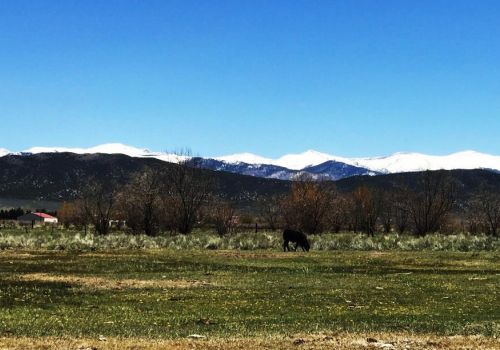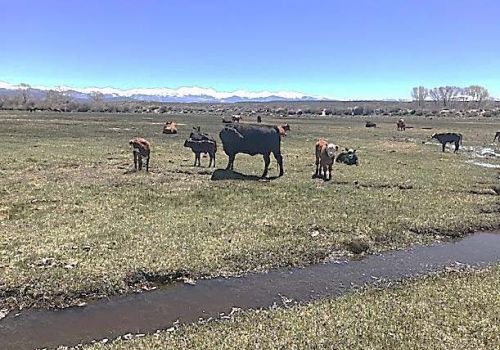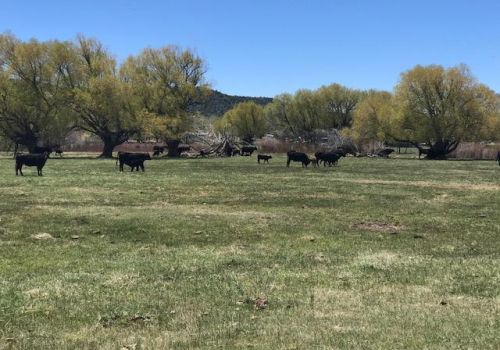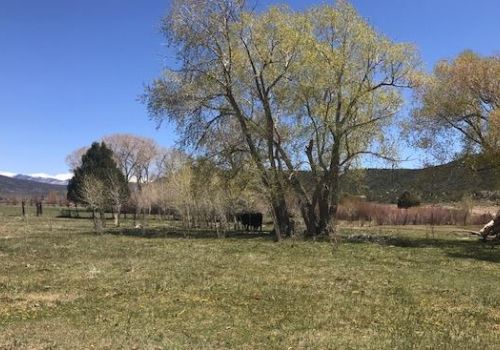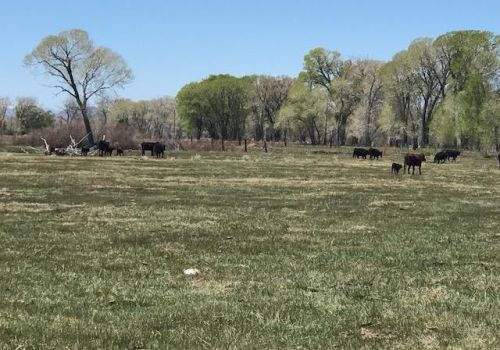RCPP
The Regional Conservation Partnership Program (RCPP)
The SdCAA, Colorado Open Lands, and the NRCS have partnered to bring funding for land protection and management to landowners and producers in the Rio Culebra basin through the Regional Conservation Partnership Program (RCPP). The Acequia Conservation Initiative RCPP brings acequia landowners and a variety of resource partners together to place conservation easements on acequia properties to protect and secure senior water rights, prime soils, native habitat and the areas agricultural heritage. The project also employs a suite of conservation practices through the EQIP program targeting acequia farmers specifically.
If you own land in the Rio Culebra basin (see map below), you may be eligible for financial assistance through RCPP.
Landowners interested in conserving their land and water can opt to place their land into a conservation easement, with funding provided by the NRCS. A conservation easement is a voluntary legal agreement between a landowner and a land trust or government entity which contains permanent restrictions on the use or development of land in order to protect certain values of that particular property. A conservation easement can ensure that the water rights you have used on your land always stay with the land. Contact Joel Nystrom at 719-496-1708 or This email address is being protected from spambots. You need JavaScript enabled to view it. for more information.
Landowners interested in increasing their water efficiency, repairing aging infrastructure, or implementing new land management practices can opt to enroll in the EQIP program. NRCS works one-on-one with producers to develop a conservation plan that outlines conservation practices and activities to help solve on-farm resource issues. Producers implement practices and activities in their conservation plan that can lead to cleaner water and air, healthier soil and better wildlife habitat, all while improving their agricultural operations. EQIP helps producers make conservation work for them. Contact Jenny Stricker at This email address is being protected from spambots. You need JavaScript enabled to view it. to learn more.
